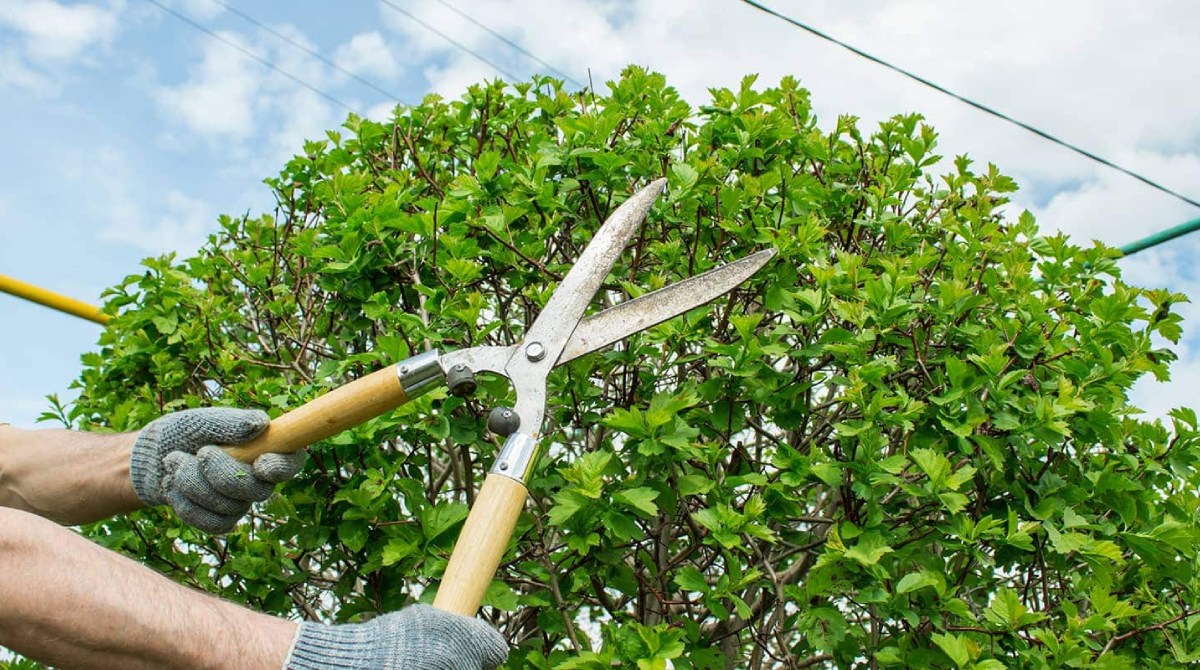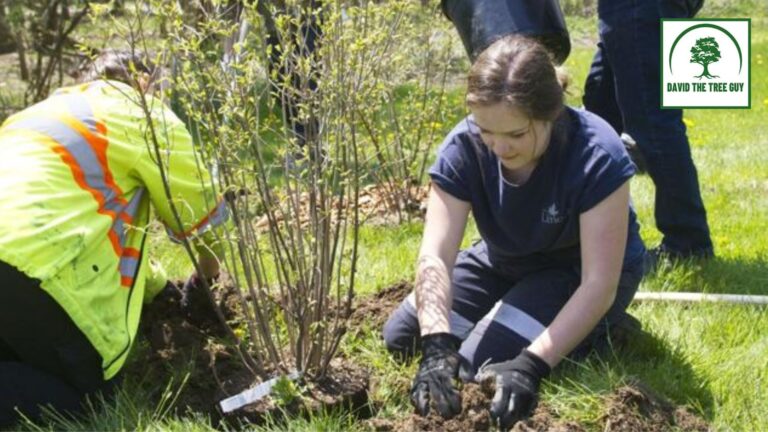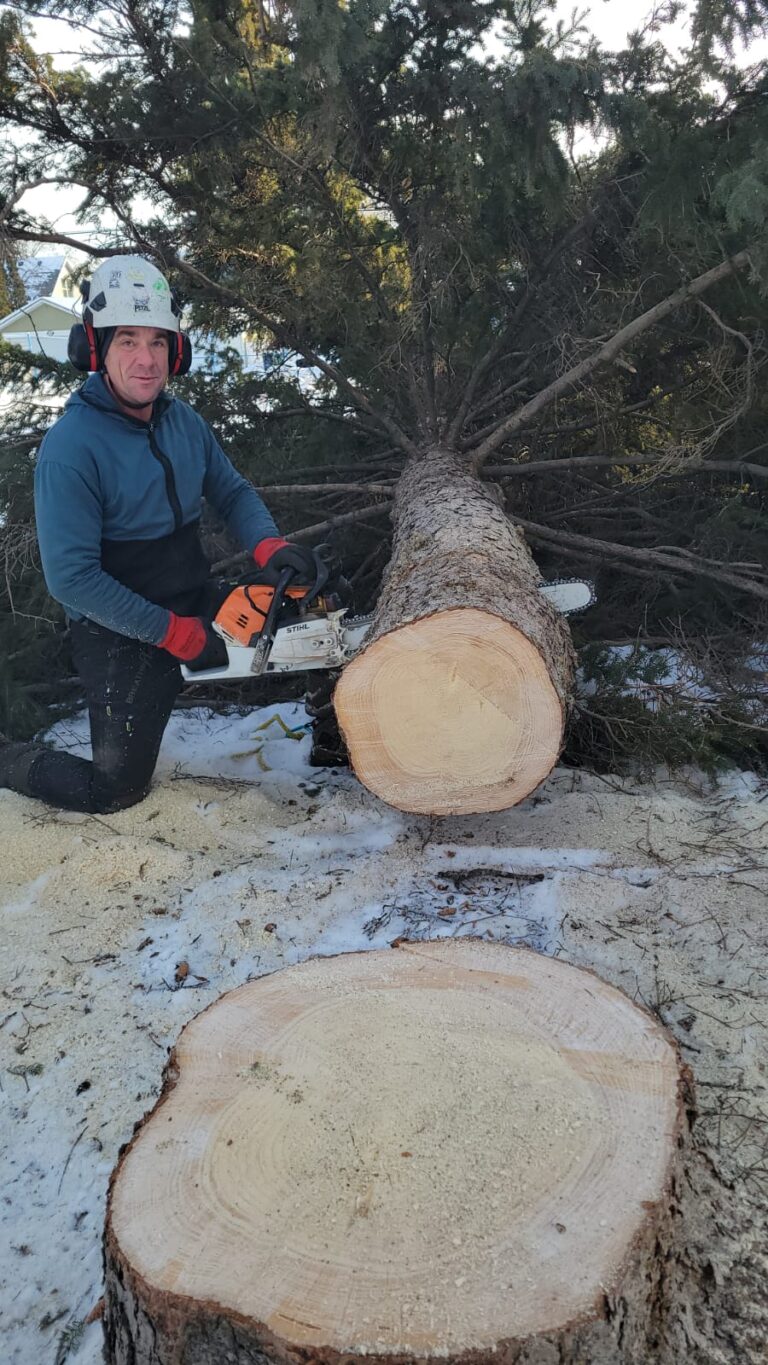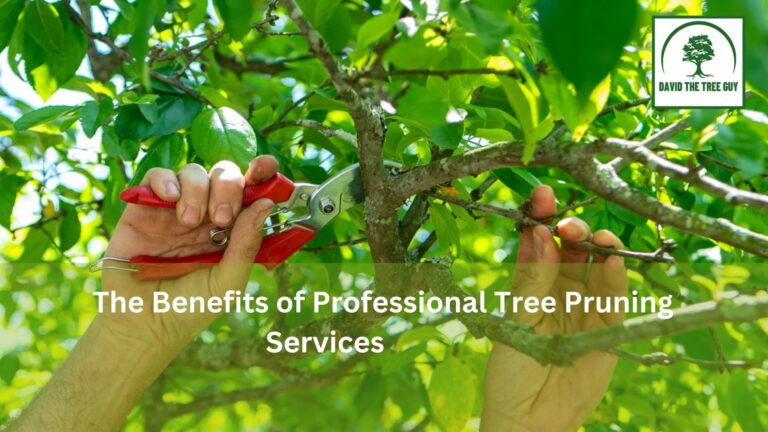Storms can be devastating to trees, especially if they are not properly maintained. High winds, heavy rain, and snow can weaken trees, causing them to break or even fall. This not only endangers property but also poses risks to human safety. However, with proactive care and the right strategies, you can significantly reduce the risk of storm damage to your trees. If you are looking for professional help, hiring a reliable Tree Care Service in Edmonton can ensure your trees remain strong and healthy. In this guide, we will explore the best practices to prevent storm damage while optimizing tree health and longevity.
1. Regular Tree Inspections and Risk Assessment
One of the most effective ways to prevent storm damage is by conducting regular tree inspections. A certified Arborist in Edmonton can assess the health of your trees and identify potential risks such as dead or weak branches, structural issues, and root instability. By spotting problems early, you can take preventive action before a storm strikes.
2. Proper Pruning and Tree Trimming
Pruning is essential for maintaining tree health and reducing storm damage risks. Trees with overgrown branches or an unbalanced canopy are more vulnerable to strong winds. Regular Tree Trimming Services Edmonton can help in removing weak, dead, or diseased branches while shaping the tree to withstand storms better. Proper pruning ensures that wind can pass through the canopy instead of pushing against dense branches, reducing the chances of breakage.
3. Strengthen Weak Trees with Cabling and Bracing
If you have trees with weak trunks or heavy limbs, cabling and bracing can help support them during storms. This technique involves installing flexible cables and braces to reinforce the tree’s structure. A professional Arborist in Edmonton can assess whether your trees need additional support and install the necessary reinforcements. This is particularly important for mature trees or those with multiple trunks that may be prone to splitting under high winds.
4. Keep Trees Well-Watered and Fertilized
A healthy tree is better equipped to withstand storm damage. Ensuring your trees receive adequate water and nutrients can strengthen their root systems and overall structure. Drought-stressed trees are more likely to suffer from breakage. Regular watering, deep-root fertilization, and soil aeration provided by a Tree Care Service in Edmonton can improve your trees’ resilience against harsh weather conditions.
5. Remove Dead or Hazardous Trees
Dead or structurally unsound trees pose a significant risk during storms. These trees are more likely to break or uproot, causing damage to homes, power lines, and nearby structures. If you have a tree that is beyond saving, professional Emergency Tree Removal Edmonton services can safely remove it before it becomes a hazard. Removing dangerous trees in advance prevents accidents and protects your landscape from unnecessary damage.
6. Maintain Strong Root Systems
A tree’s stability largely depends on its root system. Compacted soil, poor drainage, and construction damage can weaken roots, making trees more susceptible to falling during a storm. Avoid excessive soil compaction around trees and ensure proper drainage to prevent root rot. Mulching around the base of trees can help retain moisture and protect roots from extreme weather conditions. A knowledgeable Arborist in Edmonton can provide guidance on maintaining healthy root systems for storm resistance.
7. Plant the Right Trees in the Right Locations
When planting new trees, choosing storm-resistant species and appropriate locations is crucial. Some tree species, such as oak and maple, have strong wood and deep root systems that can better withstand strong winds. Additionally, planting trees away from buildings, power lines, and driveways reduces the risk of storm-related damage. Consulting a Tree Care Service in Edmonton before planting can help you select the best species for your area.
8. Monitor Weather Conditions and Take Preventive Action
When severe weather is forecasted, taking proactive measures can minimize damage. If you anticipate a strong storm, secure loose objects around your property, remove weak branches, and check trees for any signs of instability. If necessary, Emergency Tree Removal Edmonton services can be called in advance to handle any high-risk trees before the storm hits.
9. Address Pest and Disease Problems Promptly
Pests and diseases can weaken trees, making them more susceptible to storm damage. Common tree diseases such as fungal infections and insect infestations compromise tree structure and vitality. Regular inspections and treatment by an experienced Arborist in Edmonton can help prevent these issues from escalating. Keeping trees healthy with proper care reduces their vulnerability to storm-related stress.
10. Post-Storm Tree Assessment and Cleanup
After a storm, it’s essential to inspect your trees for any damage. Broken branches, leaning trees, or exposed roots can indicate structural weakness. Tree Trimming Services Edmonton can help remove damaged limbs and reshape trees to promote healthy regrowth. If a tree is severely damaged and poses a safety risk, Emergency Tree Removal Edmonton professionals can handle the situation safely and efficiently.
Final Thoughts
Preventing storm damage to your trees requires proactive care, regular maintenance, and expert assessment. Investing in professional Tree Care Service in Edmonton ensures that your trees remain strong, resilient, and aesthetically pleasing. Whether you need regular pruning, structural support, or emergency tree removal, an experienced Arborist in Edmonton can provide the necessary services to protect your landscape. Don’t wait for a storm to cause damage—take preventive action today and safeguard your trees for the future.











+ There are no comments
Add yours